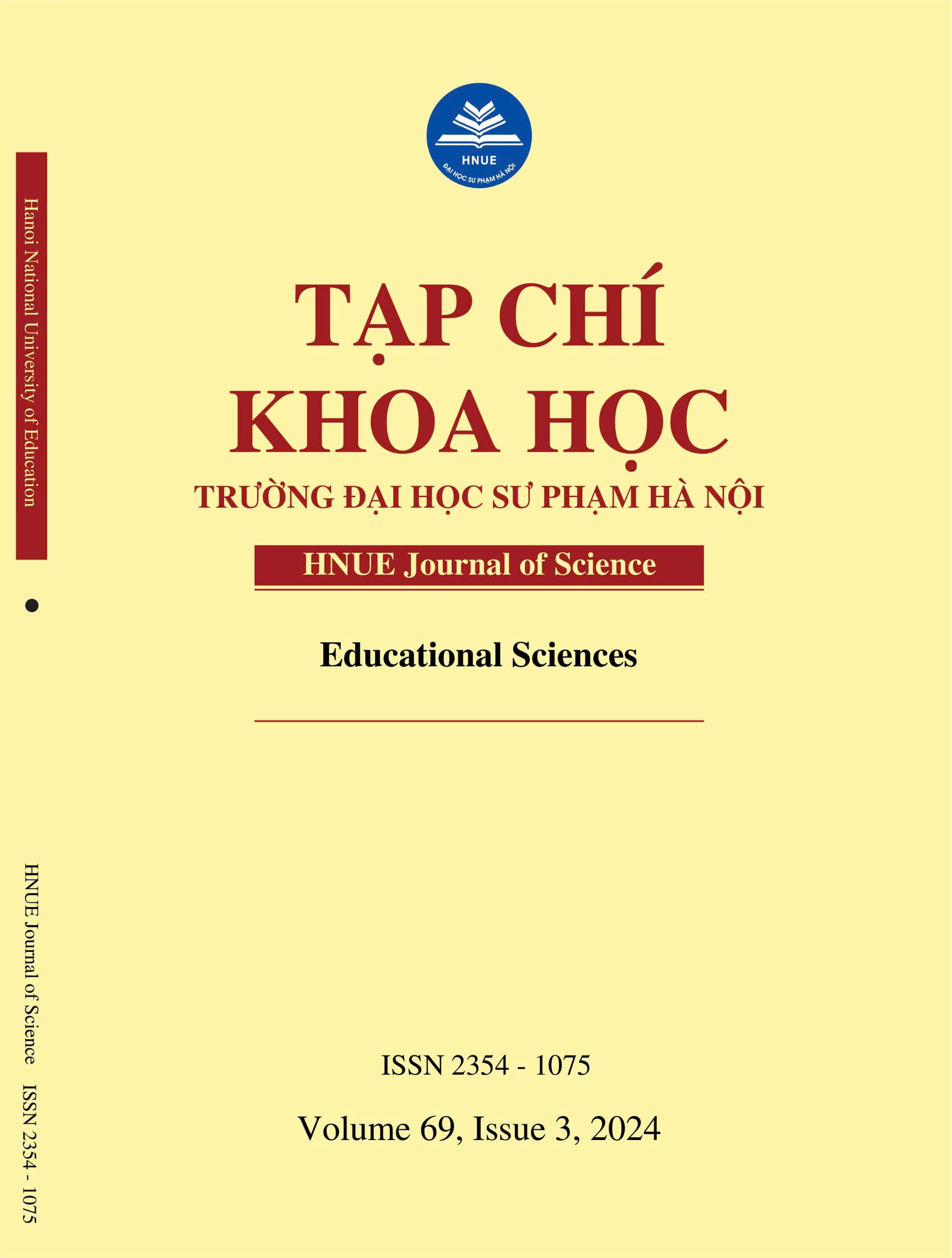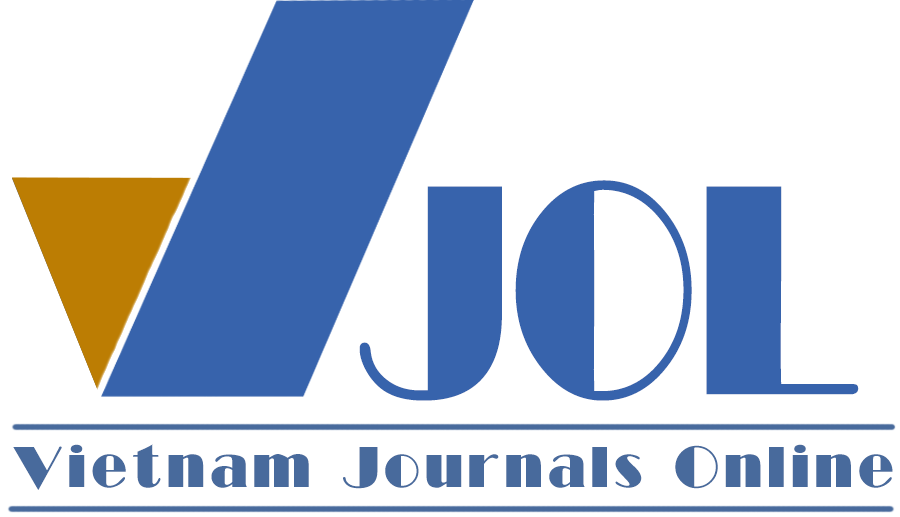CULTURAL REPRESENTATION IN THE READING SECTIONS OF AN ELT TEXTBOOK: AN ANALYSIS USING CORTAZZI & JIN’S (1999) AND MORAN’S (2001) MODELS
DOI:
https://doi.org/10.18173/2354-1075.2024-0047Keywords:
cultural representation, ELT textbook, Cortazzi & Jin (1999), Moran (2001)Abstract
This study examines cultural representation in the reading sections of an ELT textbook for 6th graders in Vietnam, employing two frameworks by Cortazzi & Jin (1999) and Moran (2001). The findings reveal that while the textbook attempts to cover a range of cultural sources and dimensions, it only skims the surface, with a predominant focus on source culture and a notable underrepresentation of target culture. Moreover, there is excessive coverage of the product dimension, which primarily features tangible elements like places, while neglecting the persons and perspectives dimensions. These findings underscore the need for more authentic content on a personal level and call for revisions to teacher resources as well as training to deepen cultural understanding.
Downloads
References
[1] Kramsch C, (1993). Context and culture in language teaching. Oxford University Press.
[2] Sheldon LE, (1988). Evaluating ELT textbooks and materials. ELT Journal, 42(4), 237-246. DOI: 10.1093/elt/42.4.237.
[3] Ilieva R, (2018). Textbooks. The TESOL Encyclopedia of English Language Teaching, 1-13. DOI: 10.1002/9781118784235.eelt0666.
[4] Risager K, (2018). Representations of the World in Language Textbooks. Multilingual Matters, p. 264.
[5] MOET, (2018). National English Language Draft. Ministry of Education of Vietnam, Hanoi (in Vietnamese).
[6] Nguyen TTM & Cao THP, (2019). An evaluation of the intercultural orientation of secondary English textbooks in Vietnam. In: Van GT, Nguyen HM, Nguyen TTM & Minh TH (eds.), Building teacher capacity in English language teaching in Vietnam (1st ed.), p. 16. Routledge.
[7] Nguyen TTM, Marlina R & Cao THP, (2020). How well do ELT textbooks prepare students to use English in global contexts? An evaluation of the Vietnamese English textbooks from an English as an international language (EIL) perspective. Asian Englishes, DOI: 10.1080/13488678.2020.1717794.
[8] Kieu TH, (2021). An investigation into intercultural components in three piloted English textbooks for Vietnamese high schools under the National Foreign Languages Project. VNU Journal of Foreign Studies, 37(1), 29. DOI: 10.25073/2525-2445/vnufs.4655.
[9] Piaget J, (1950). The psychology of intelligence (1st ed.). Routledge. https://doi.org/10.4324/9780203164730.
[10] Hoang VV, Nguyen TC, Le KD, Phan CN, Vu MT & Luong QT, (2023). Global Success English 6 (Vol 1). Vietnam Education Publishing House.
[11] Hoang VV, Nguyen TC, Le KD, Phan CN, Vu MT & Luong QT, (2023). Global Success English 6 (Vol 2). Vietnam Education Publishing House.
[12] Tomlinson B, (2012). Materials development for language learning and teaching. Language Teaching, 45(2), 143-179. DOI: 10.1017/s0261444811000528.
[13] Cortazzi M & Jin LX, (1999). Cultural mirrors: Materials and methods in the EFL classroom. In: Hinkel E (eds.), Culture in second language teaching and learning,p. 196-219. Cambridge University Press.
[14] Moran RT, (2001). Teaching culture: Perspectives in practice. Heinle & Heinle.
[15] Politzer R, (1959). Developing Cultural Understanding Through Foreign Language Study. In: Mueller HJ, (1954), Report of the Fifth Annual Round Table Meeting on Linguistics and Language Teaching, p. 99-105. Georgetown University Press.







